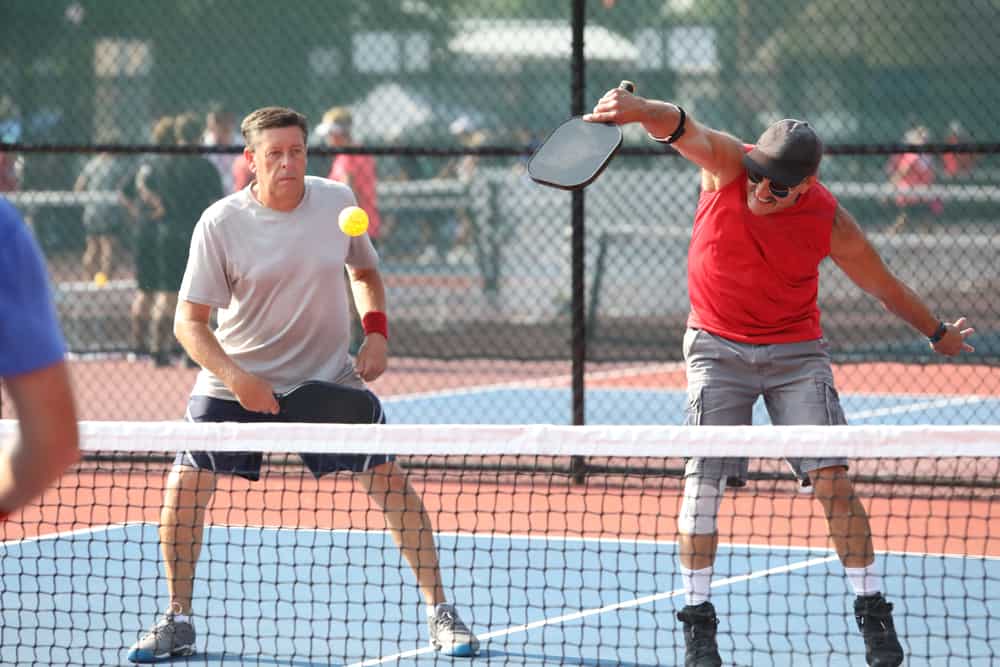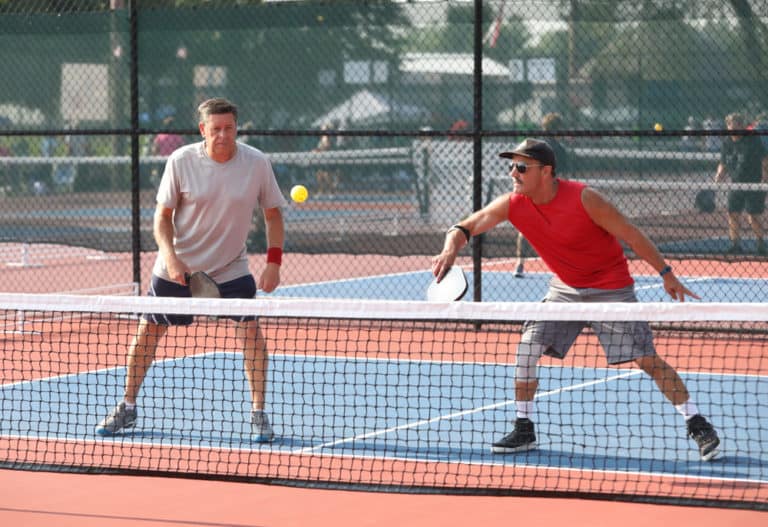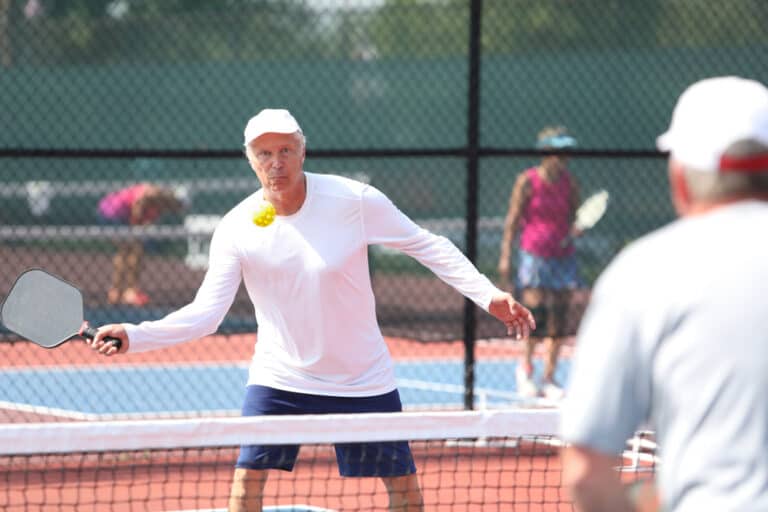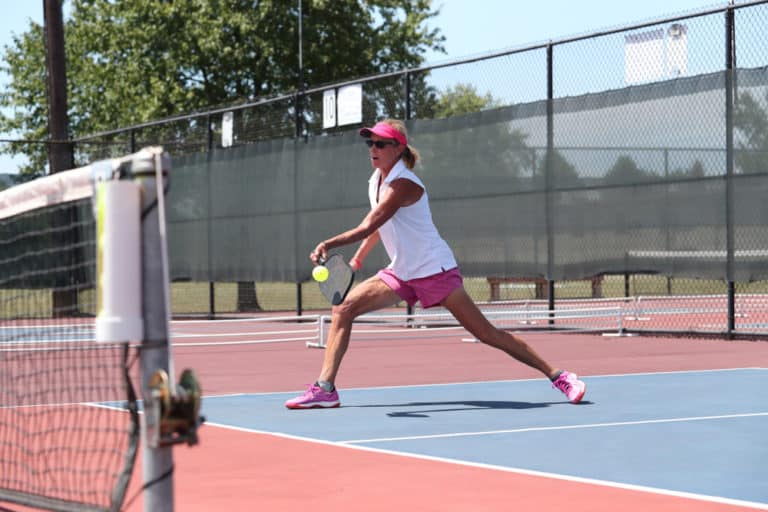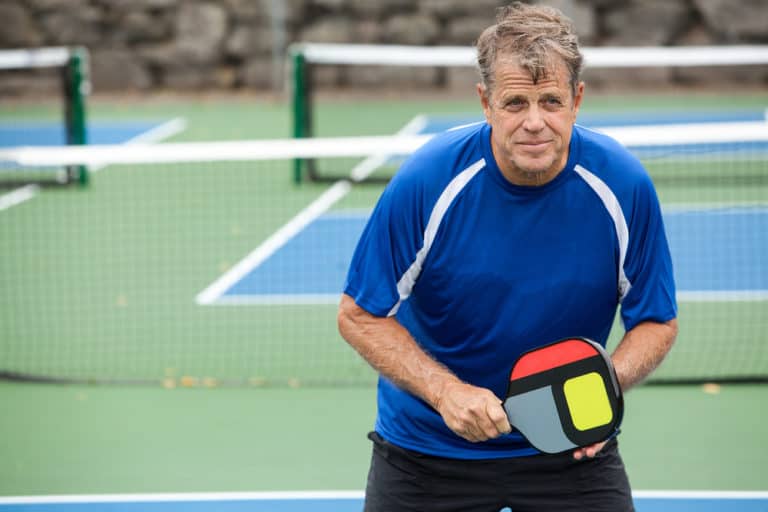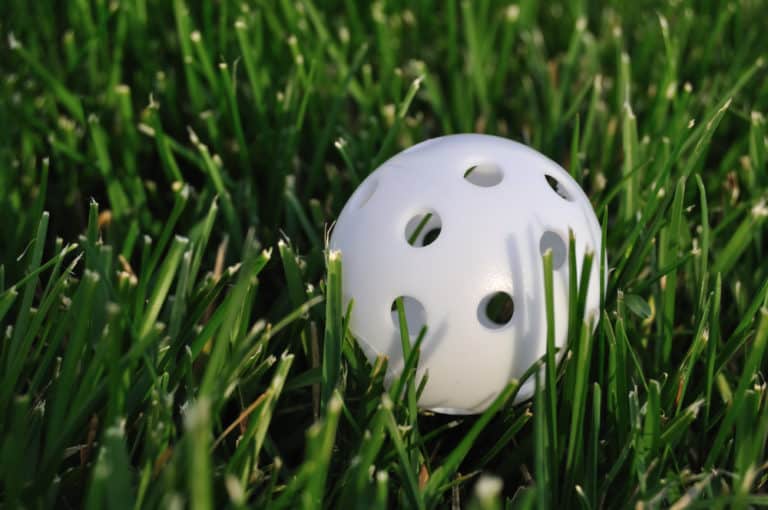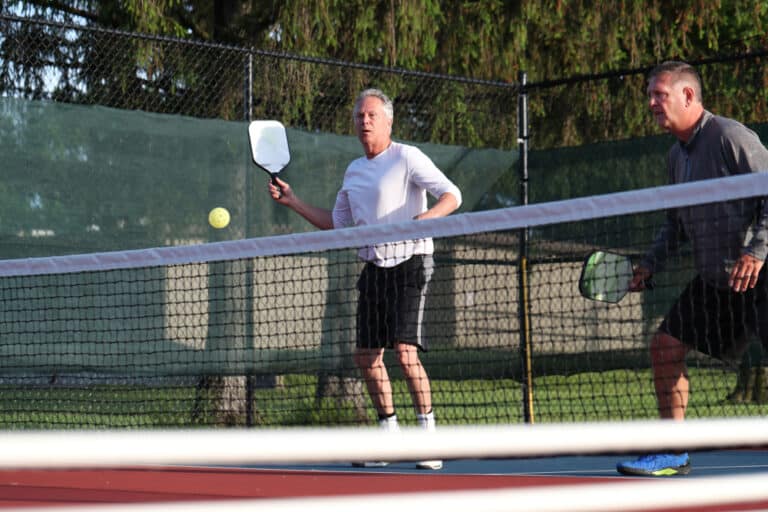Is Stacking Good In Pickleball?
Pickleball is a fun sport usually played by teams of two. The standard layout is each team on either side of the net with one player in each block. But if you’ve seen players stack, then you may be confused about why they’re in those positions.
Stacking is good for covering weaknesses and utilizing players’ strengths more efficiently. However, it can also be a double-edged sword if done wrong. Stacking is good if you and your teammate work well together, but if your opponent can break your stack, it could cost you points.
You may wonder why pickleball players stack when playing their games. Does it give them an advantage? What is the reason? From how stacking can help to the best ways to use it, we’ve compiled a guide with everything you need to know about stacking in pickleball.
Why Stack In Pickleball?
Stacking is a common tactic in pickleball that players use to hide weaknesses and bring out their strengths. There are various reasons players could be using stacking, and there are slight variations to stacking depending on the weakness or strength players are catering to. Other than strengths and weaknesses, players may use stacking to accommodate their play style and characteristics.
The ideal setup in pickleball is to have both players’ strongest strokes in the middle. If one player has a strong forehand and their partner has a strong backhand, then the ideal positioning would be to have those playable between them. Adversely, one player could have a weak backhand, and their partner could have a weak forehand.
Players use stacking to cover a range of weaknesses, from a weak backhand to a lack of mobility. If one player is at a disadvantage, stacking can use positioning and the other player’s mobility to cover their partner’s lower mobility and possibly turn it into an advantage.
Stacking can also complement a team’s strategy and display players’ strengths further by allowing them to place themselves in the ideal position with the most ease or use their excellent mobility to get into the best possible position faster after. Some players have a stronger forehand, and stacking makes it possible to position players to take advantage of that.
Stacking can be a double-edged sword, however. If players don’t do it correctly, it could lead to a gap in their defense. The opponents may be able to find a weakness that players have created due to overcompensating for something. Compensating too much for one player’s weakness or trying too hard to focus on their strengths can be detrimental in this way.
Stacking To Cover Your Weaknesses
Stacking can cover the weaknesses of one or both players on a team. One player may have a weak backhand but better mobility than their partner. Stacking will allow that player to move quickly into the ideal position to have their forehand in the middle.
On the other hand, their partner with lower mobility will not have to move much in comparison, but their strong side will be in the middle because of their position.
Stacking To Play To Your Strengths
Like other racket sports, in pickleball, some players have a stronger forehand or backhand or are faster than their partner. Stacking can bring out the strengths of each player to maximize their efficiency.
A player with a weak backhand should ideally be in a position that lets them mainly use their forehand. In pickleball, that means in the middle. Because the middle is the most commonly used area for hitting the ball, players should ensure that they have their strong side in the middle.
Additionally, a player could be on the side of the court where their weakness is exposed. Stacking will allow their partner to maneuver quickly to that position. This leaves them on the side of the court that lets them bring out their strongest plays or at least hides their weakness.
Stacking Can Create Advantages
If one player on a team is right-handed and their partner is left-handed, the best positioning would be for the right-handed player to be on the left-hand side and their partner to be on the right. This positioning lets both players use their forehands in the middle of the court, leaving the backhand for the odd shot to the side.
Having both players’ forehands in the middle of the court will give them an advantage over their opponents, who may both be right-handed. In this case, the opponents would only have one forehand in the middle while the other player would need to use their backhand.
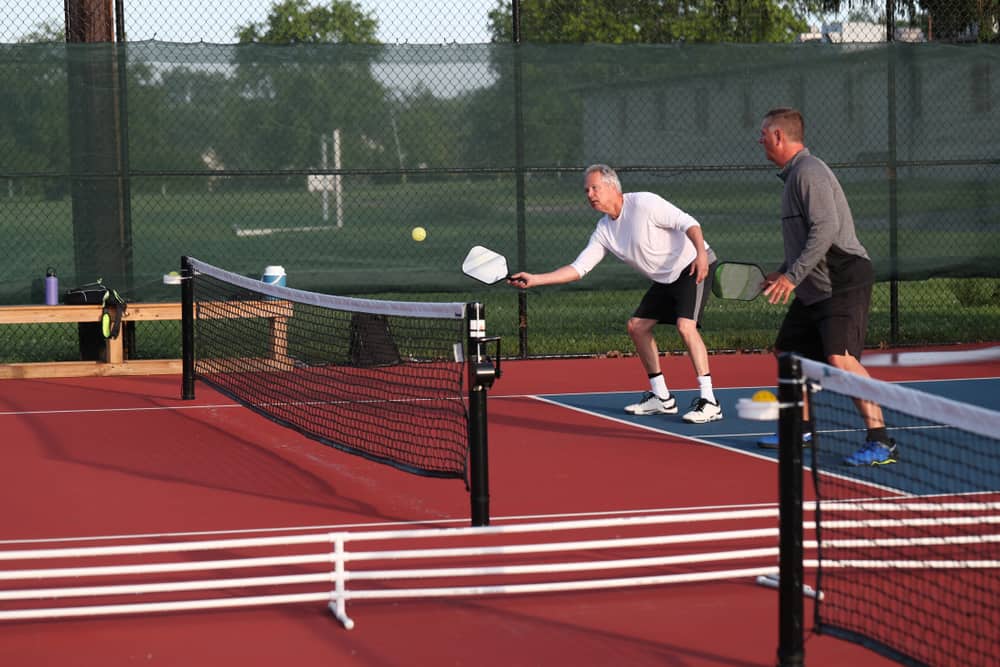
How To Beat Stacking In Pickleball
When learning to stack in pickleball, it’s also a good idea to learn how to break a stack. Stacking is done to cover up weaknesses or make full use of strengths, but breaking your opponents’ stack can mess with their strategy and win you some points.
When you’re serving against a stacking team, it’s easier to break than when the stacking team is serving. When you are serving against a stacking team, the best serve forces the opponents to stretch their formation. Making your opponents stretch their formation makes it harder for them to get into position.
Serving deep and wide to your opponent’s baseline forces the receiver out of position and further back from the court to return your serve. With your opponent further away, it is more difficult for them to run to their position on the other side or at the net.
When your opponent’s receiver is moving across the court for the second return, aim as far in front of them and close to the baseline as possible. Making them run further to return the ball can force them out of position and win you the point.
When your stacking opponents are serving, you have one shot at disrupting their formation. The strategy is the same as when you’re serving, but the shot is now the serve return. Aim your shot ahead of where the moving player is going and as close to the baseline as possible. This will force them out of position and leave them open for you to score.
Conclusion
Positioning is an essential factor to consider in pickleball. Stacking effectively to accommodate both players could mean the difference between a win and a loss. Stacking covers weaknesses and brings out strengths, but it can be a double-edged sword.
If stacking goes wrong, it leaves you and your partner open for your opponent to strike. You can break a stacking team’s formation by forcing the crossing opponent out of position. Doing this can create a gap for you or your partner to score.

